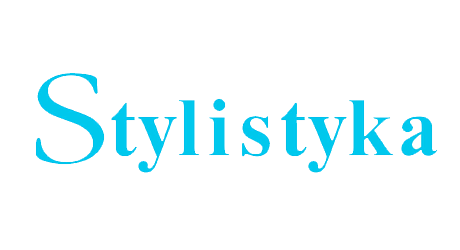

In some of the main contemporary methodologies of literary education the teacher finds the instruction to give his students, when developing their language skills, great works of literary art as models to be followed, as their artistic style improves the level of spoken and written utterances. This view has a long tradition. Namely, in times past, one used to teach Latin by following the style of literary and publicistic texts, which had its reasons: a student learned the literary variant of that language and the same he was expected to use. The method of imitating literary text (the so-called reproduction), was later used in the schools of the National Education Committee (KEN) in teaching Polish language and commonly applied till early 20th century, when new theories of develop[1]mental psychology rejected reproduction, recommending speaking in one’s own words. However, contrary to expectations, neither reproduction nor using one’s own words brought satisfactory results in improving the skill and effectiveness o f students’ speech. A new way of language education has been recently shown by the results of linguists’ research, focusing on multiple language varieties, the place of everyday style in the system of language styles, speech act and speech genres that are useful in everyday communication.
Download files
Citation rules